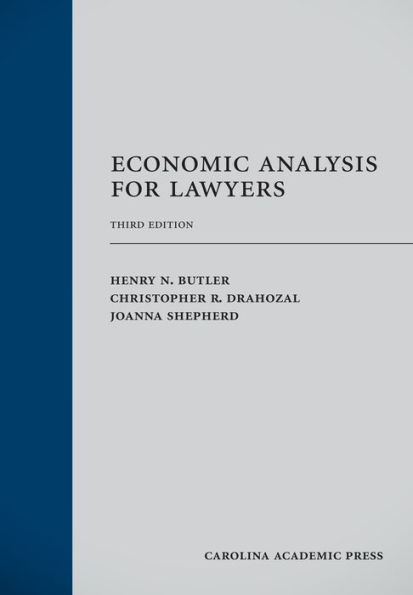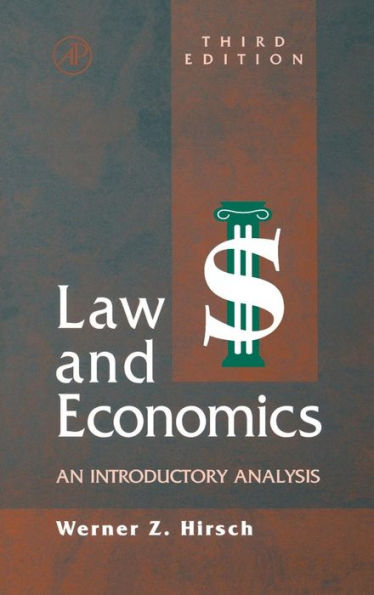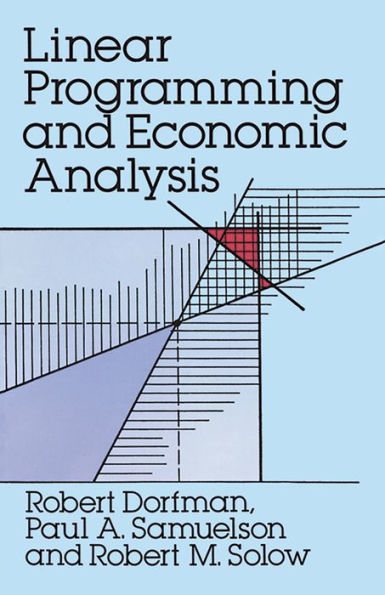Home
Economic Analysis for Lawyers / Edition 3
Barnes and Noble
Economic Analysis for Lawyers / Edition 3
Current price: $85.00


Barnes and Noble
Economic Analysis for Lawyers / Edition 3
Current price: $85.00
Size: OS
Loading Inventory...
*Product information may vary - to confirm product availability, pricing, shipping and return information please contact Barnes and Noble
The purpose of this casebook is to reach the principles of microeconomics.
Economic Analysis for Lawyers
presumes no prior training in economics and uses the same building block approach that is found in most microeconomics principles textbooks that are used in undergraduate economics classes. This book includes excerpted cases and other materials that illustrate the applicability of the economic principles to legal disputes and public policy issues. Fundamental principles are introduced in the first four chapters. Subsequent chapters build on these fundamentals by adding a detailed and sophisticated analysis in the general areas of monopoly, externalities, information, labor markets, risk, organizational economics, and financial economics. The result is a thorough introduction to the principles of microeconomics.
Economic Analysis for Lawyers
presumes no prior training in economics and uses the same building block approach that is found in most microeconomics principles textbooks that are used in undergraduate economics classes. This book includes excerpted cases and other materials that illustrate the applicability of the economic principles to legal disputes and public policy issues. Fundamental principles are introduced in the first four chapters. Subsequent chapters build on these fundamentals by adding a detailed and sophisticated analysis in the general areas of monopoly, externalities, information, labor markets, risk, organizational economics, and financial economics. The result is a thorough introduction to the principles of microeconomics.

















